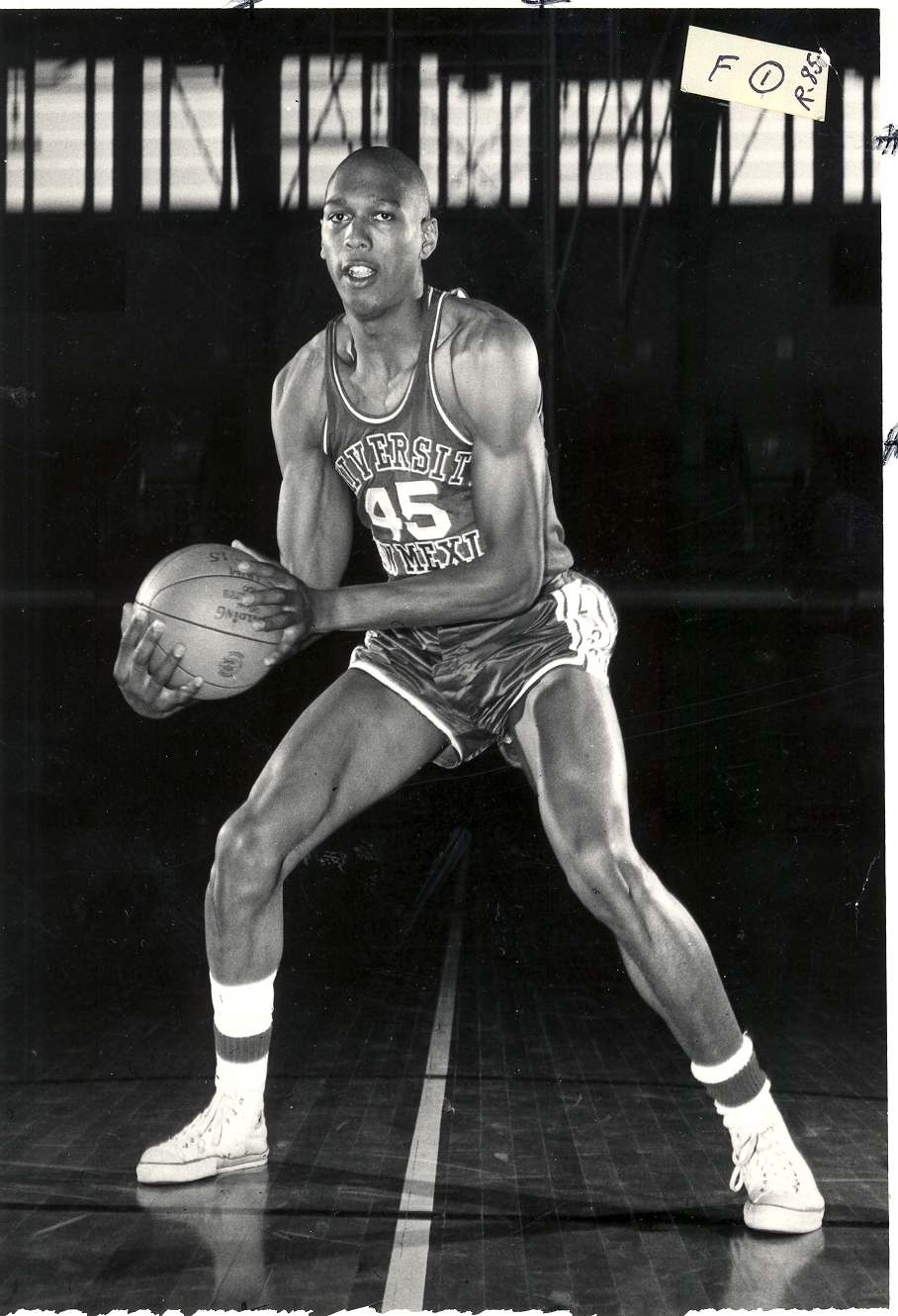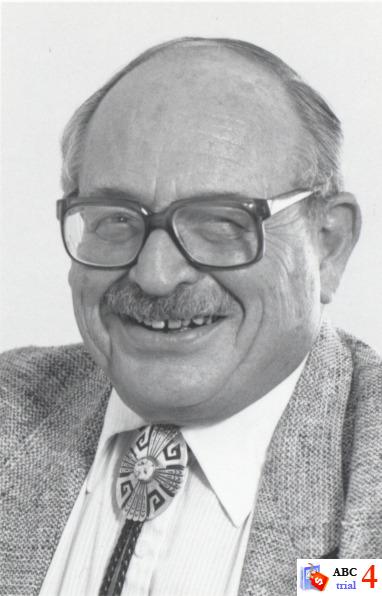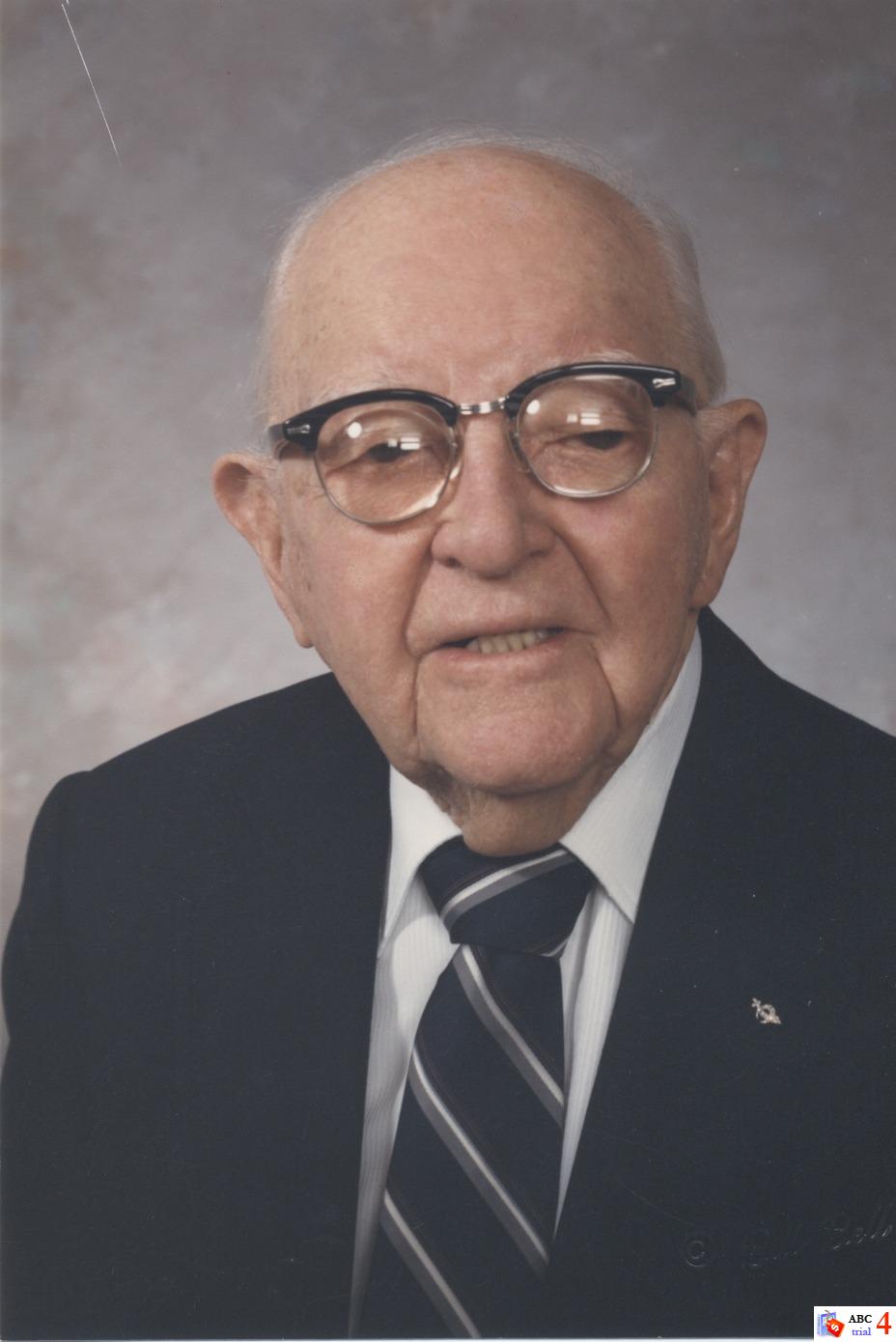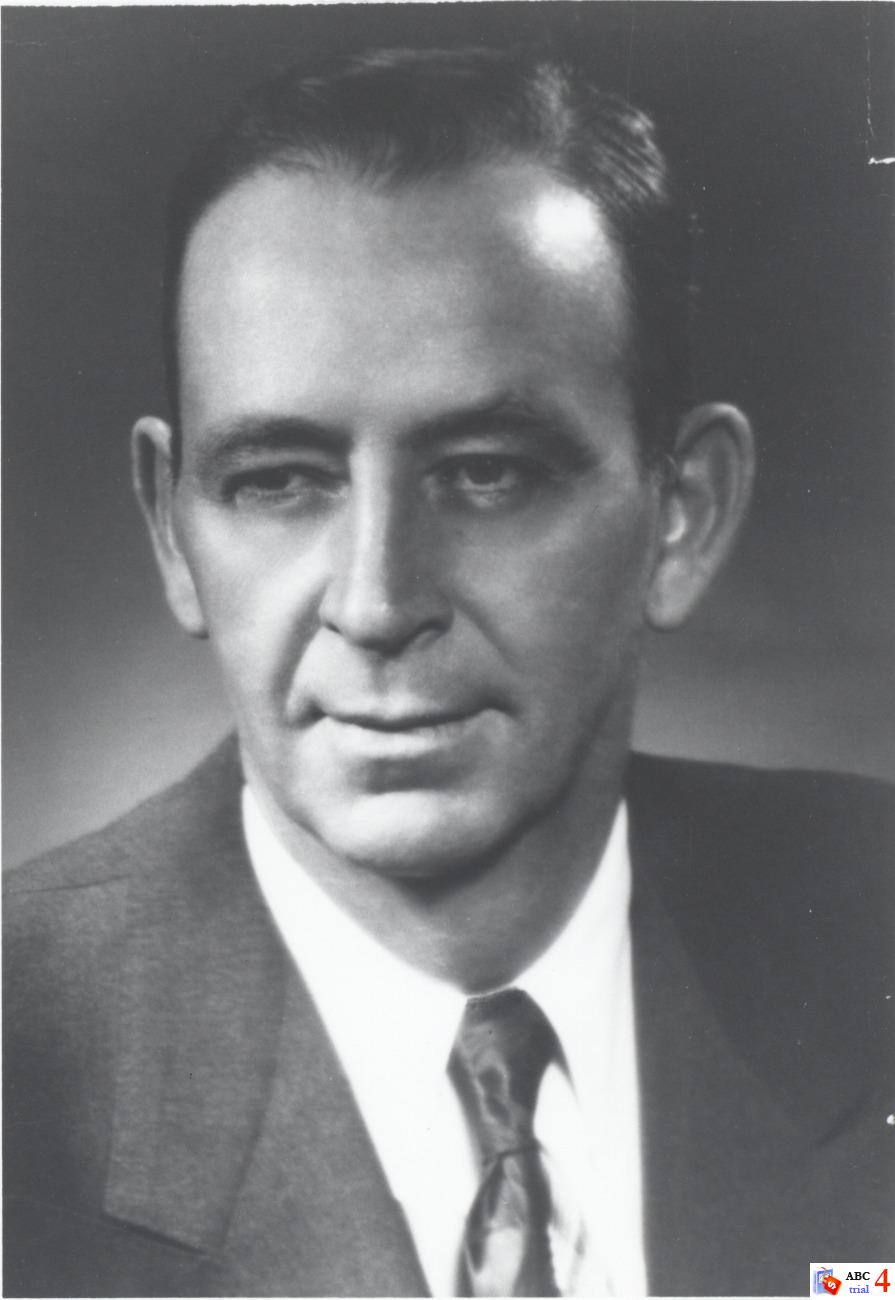- Cathy Carr West
- Cathy Carr West
Cathy Carr West was the first University of New Mexico athlete and the first athlete in the state of New Mexico to win an Olympic gold medal.
In July of 1972, the Albuquerque native and Highland High School grad won the U.S. Olympic Trials in the 100-meter breaststroke by tying the then-existing world record of 1:14.2. Most of the swimming world did not take Cathy seriously and considered her win at the trials a fluke, but she was to prove them wrong again.
On the evening of Sept. 2, 1972, in Munich, Germany, the 18-year-old swimmer won the gold medal in the 100-meter breaststroke. Carr’s victory over three-time Olympian and former gold medalist, Galina Stepanova of the Soviet Union, was by two body lengths and established a new world record time of 1:13.58.
With this victory, Carr automatically qualified as a member of the USA’s 400-meter medley relay team. On Sept. 4, 1972, the U.S. women’s team won gold by setting a new American and Olympic standard with a time of 4:20.75. Carr’s 100-meter breaststroke on the medley relay was an extraordinary 1:11.9, or 1.68 seconds faster than her original record.
While attending UNM, Carr was an honor student and the first female athlete to receive an athletic scholarship under the Provisions of Title IX of the Higher Education Act of 1972.
As a collegiate swimmer at UNM, Carr established Inter-Mountain Conference, national collegiate and American records in the 50 and 100-yard breaststroke. She was also the first American female swimmer to break the one-minute barrier in the 100-meter individual medley.
Representing UNM at the World University Games in Moscow in 1973, Carr was elected by her peers as the American flag bearer at the opening ceremonies. She went on to set three World University Games records, win a silver medal in the 100-meter breaststroke and achieve high-point honors against the world’s best collegiate swimmers.
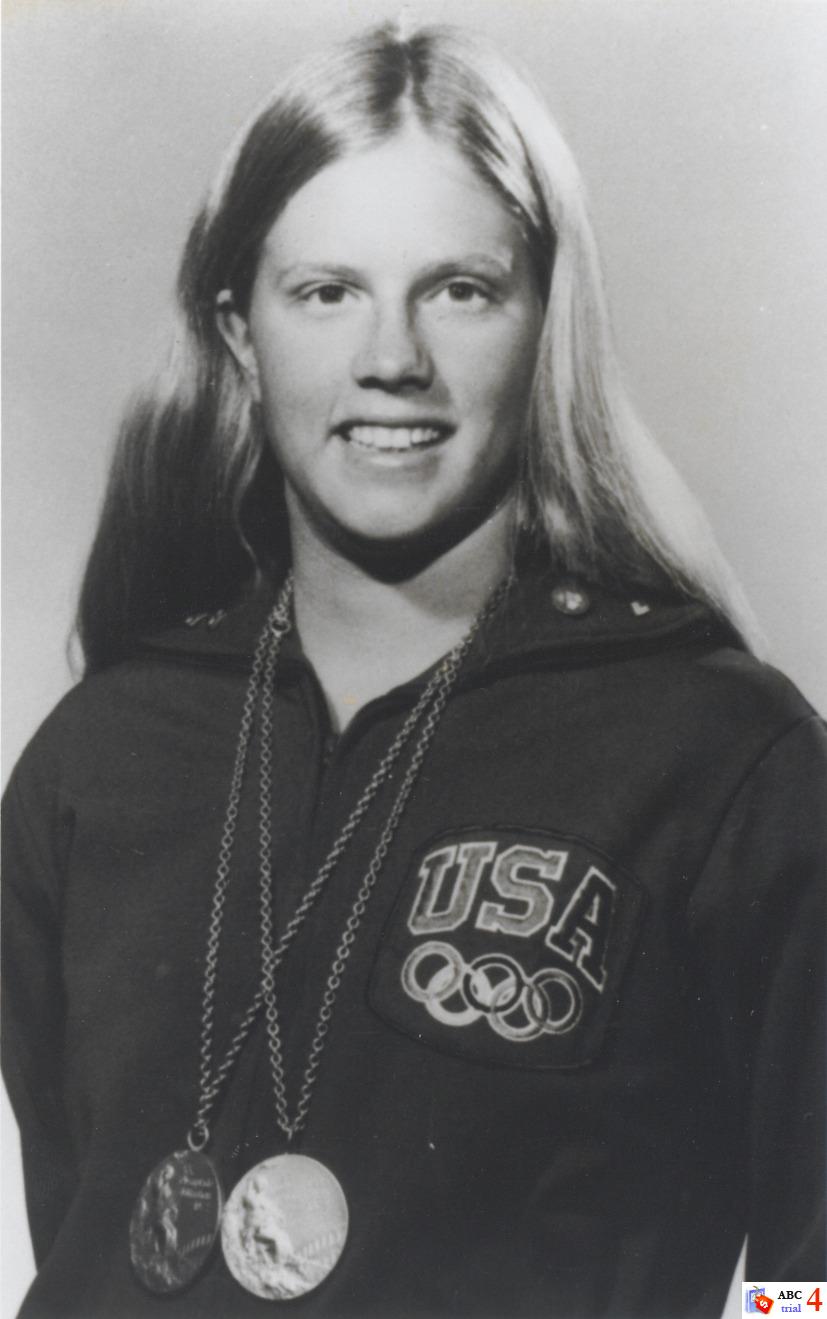
- Mel Daniels
- Mel Daniels
Many UNM basketball fans regard Mel Daniels as the consummate Lobo hoopster who was capable of doing it all. Daniels was recruited to UNM by head coach Bob King from Burlington (Iowa) Junior College. Starting at UNM as a sophomore in 1964-65, the lithe 6-9 power forward played in 27 games and averaged 17.0 points and 11.2 rebounds.
During the 1965-66 season, Daniels suffered a severe injury when he put his arm through a glass door at Johnson Gym. The freak accident required a startling 352 stitches and almost ended his athletic career. The sutures notwithstanding, Daniels averaged 21.2 points and 10.3 rebounds.
Daniels capped his senior season as a member of the first Lobo team to play in The Pit, UNM’s brand new arena. The 1966-67 team won a school-record 17 straight games to start the season as New Mexico climbed to No. 3 in the national rankings. Daniels led the Western Athletic Conference in scoring at 21.5 ppg, and finished his Lobo career with averages of 19.9 points and 11.1 rebounds.
He was the ninth pick of the 1967 NBA Draft, selected by the Cincinnati Royals, and was also drafted by the Minnesota Muskies of the American Basketball Association. He chose to play in the fledgling ABA, and became one of its all-time greatest players.
Daniels was the ABA Rookie of the Year for the 1967-68 season before being traded to the Indiana Pacers, then of the ABA and now in the NBA. Daniels was the ABA Most Valuable Player in both 1969 and 1971 and led the Pacers to three ABA championships. He played in seven ABA All-Star Games, and was named the ABA All-Star Game MVP in 1971.
Daniels led the ABA in rebounding average in three different seasons, and is the ABA’s all-time leader in total rebounds (9,494) and career rebounding average (15.1 rebounds per game). He played briefly for the NBA’s New York Nets in the 1976-77 season.
After his playing days, Daniels joined the coaching staff of his college coach, Bob King, at Indiana State, where he coached future Hall of Famer Larry Bird. Daniels joined the Pacers’ front office in 1986 and was the team’s Director of Player Personnel until October 2009.
The Pacers retired Daniels’ jersey No. 34.

- Jerome Greenblatt, M.D.
- Jerome Greenblatt, M.D.
Dr. Jerome Greenblatt was known in Lobo Land as the “athletes’ doctor.” His humanitarian service to University of New Mexico athletes spanned more than three decades of gratuitous medical and personal services, ranging from treatment and rehabilitation to educational advisement and family counseling.
Credited with organizing medical service for UNM athletes in 1957, “Doc” Greenblatt treated more than 3,000 Lobos during his tenure as a sports physician. He is especially proud that many of the students went on to become successful professionals in many walks of life.
By requesting professional assistance, supplies and equipment from his medical colleagues on a free or low-fee basis, it was estimated that Greenblatt and his associates contributed the financial equivalent of more than $1 million of services in-kind to UNM athletics. He personally donated an X-ray machine because of his concern for the need of instant, on-site diagnosis of athletic injuries.
Greenblatt and his sports medicine team were a revered tradition in UNM athletics. Any athlete that was treated by Greenblatt was aware of his genuine and enthusiastic love of UNM sports, UNM athletes and the Lobo athletic program.

- Charles Lembke
- Charles Lembke
Charles Lembke passed away on Aug. 12, 1989, just weeks after his 100th birthday and shortly after he had been notified of his induction into the UNM Athletic Hall of Honor. He was extremely honored to be part of a ceremony that took place during the year of his and the University’s 100th birthday.
As a student at UNM from 1908-12, Lembke earned 10 athletic letters in football, basketball and baseball. He was named to the New Mexico and All-Territorial basketball team and was described as a “brilliant, speedy and reliable athlete.”
An active campus leader, Lembke was simultaneously President of the UNM Society of Engineers, Class President and Student Body President; a member of Tri-Alpha fraternity (eventually Pi Kappa Alpha), and manager of the Glee Club, the UNM Weekly (now Daily Lobo) and the Mirage yearbook.
On May 27, 1912, Lembke became the first Civil Engineering graduate of UNM.
At various times, Lembke was a UNM Regent, President of the Albuquerque Rotary Club and the Albuquerque Country Club; ex-officio mayor of Albuquerque, President of Lembke Construction Co., and national treasurer of the Associated General Contractors of America.
In 1972, Lembke received the UNM Alumni Association’s Award of Distinction. He also was the recipient of numerous awards from construction and engineering organizations.
Charles Lembke Construction was responsible for many buildings on the UNM campus: Hokona, Coronado, Onate and Santa Clara residence halls; the College of Business Administration; Geology and Fine Arts, Basic Sciences for the School of Medicine, Popejoy Hall, and his favorite, Johnson Gym.

- Tom Popejoy
- Tom Popejoy
Thomas Lafayette Popejoy was a native of Raton, N.M., a UNM alumnus and the only Lobo athletic letterwinner to serve as president of the University of New Mexico.
During his undergraduate days, Popejoy was a four-year letterman in football where he excelled at halfback and placekicker. He is renown for his 1924 field goal that beat arc-rival Arizona for the first time by a 3-0 score.
As a UNM student, Popejoy was a member of the Debate Team, President of Sigma Chi fraternity and the Intramural Council. He graduated from UNM in 1925 with a degree in Economics, and while pursuing a post-graduate education at UNM, served as graduate manager of athletics, Director of Student Employment, Alumni Secretary and Student Activities advisor. Popejoy later received an honorary Doctor of Law degree from the University of Arizona in 1968.
In preparation for his role as UNM Chief Executive Officer, Popejoy was an instructor in Economics in 1937; served as Comptroller, Registrar and Executive Assistant to University President James F. Zimmerman from 1937-48. On June 4, 1949, Popejoy was inaugurated as UNM’s ninth president.
President Popejoy was a dynamic leader in the establishment of the UNM Medical Complex; in the creation of UNM’s nationally prominent Center for Latin American Studies, and, along with Pete McDavid, John Dolzadelli and Bob King was the ideological architect of the Lobos’ South Athletic Complex, which included The Pit in 1966. With the formation of the Western Athletic Conference in 1962, Popejoy was elected President of the WAC’s University President’s Council.
On the occasion of his retirement in 1968, Popejoy was awarded the U.S. Navy’s Meritorious Public Service citation; the coveted Zimmerman Award from the UNM Alumni Association; a gubernatorial proclamation in his honor; and, on May 5, 1968, UNM’s Performing Arts Concert Hall was permanently commemorated in his name.
Tom Popejoy died in October of 1975.

